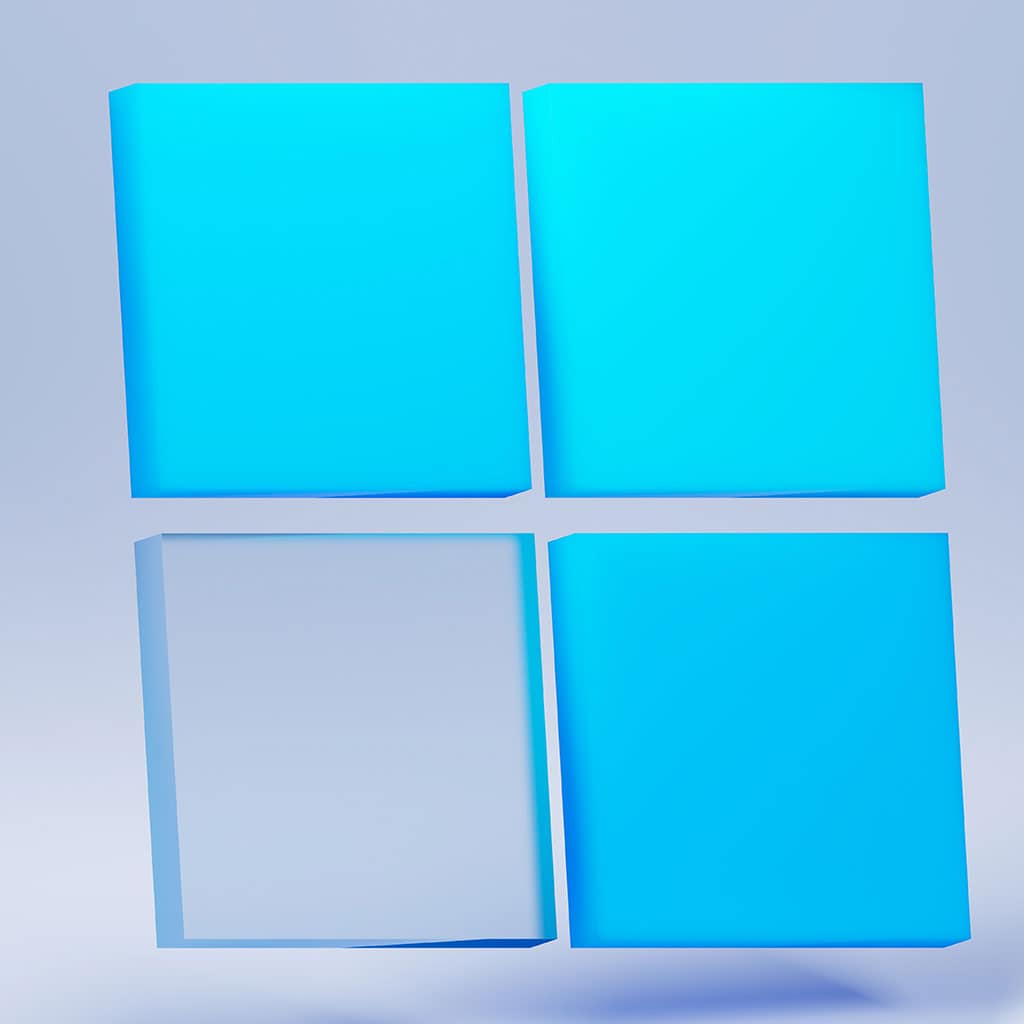Can iMac run Windows
Can iMac run Windows
In conclusion, the answer to the question of whether an iMac can run Windows is a resounding yes. Depending on your specific needs and hardware configuration, you can install and use Windows on an iMac either natively using Boot Camp or in a virtualized environment with emulation software like CrossOver or Parallels. For best performance, Intel-based iMacs are generally recommended for running Windows natively, while M1 and M2-based models offer suitable performance for everyday tasks and non-demanding applications when running in a virtualized environment. Ultimately, it’s up to you to decide which approach best suits your computing needs.





You must be logged in to post a comment.